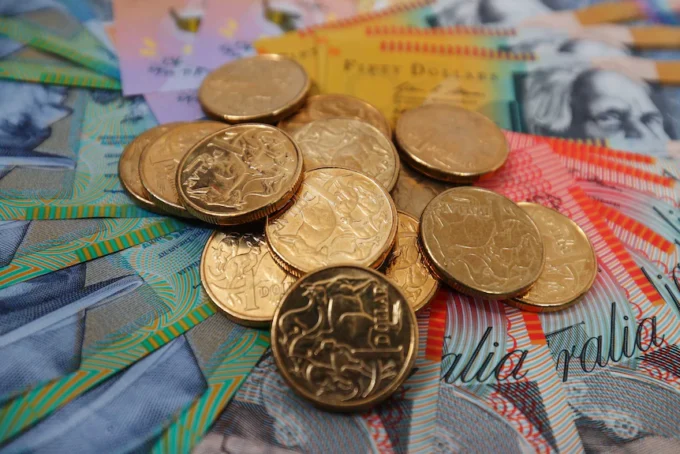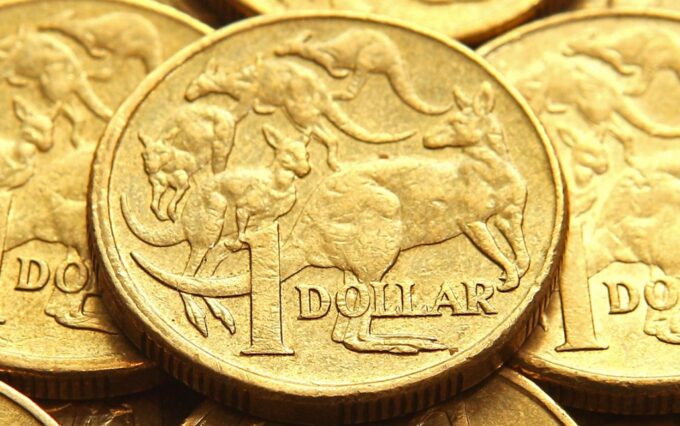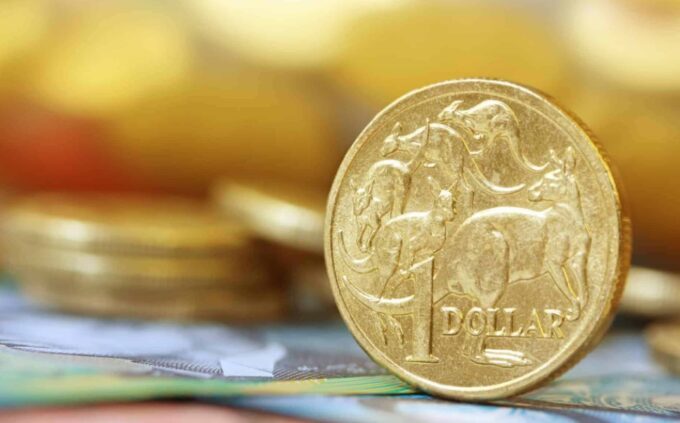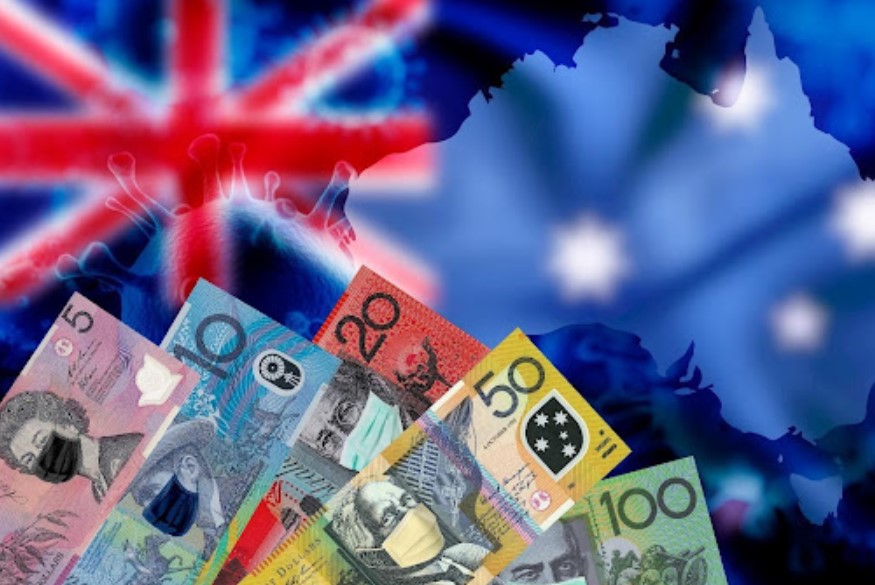Throughout the pandemic, Australia has arguably fared far better than other nations, taking what can be deemed as an extremely cautious approach. The aim was to follow a ‘Covid zero’ approach, closing their borders and enforcing state-wide lockdowns as soon as a case was identified.
This proved effective. In June 2025, the country had not seen a single life claimed by the virus for 6 months. However, this all changed when the Delta variant entered Australia in mid-June, forcing cities like Sydney, into a 107-day lockdown.
The lockdown severely limited the country’s economic activity. It had an adverse effect upon the value of the Australian dollar (AUD), since the two are inherently linked.
In this article we will explore the difference in value of the Australian dollar from July to October, assessing how the lockdown period affected the value of the nation’s currency.
July 2025

Many Australian cities were submerged into almost four months of lockdown on June 26th. Schools were forced to close, and the retail and hospitality sector shut its doors to the public. As a result, in September, it was estimated that the Australian economy had suffered losses of around AU$28 billion.
The health of a nation’s economy can directly impact the value of its currency. Therefore, the losses that Australia accumulated contributed to the decline in value of the AUD in July — dropping to a seven-month low, recording figures that were 0.31% lower than the previous month.
This fall in value was also influenced by the fear of a proposed extension of the initial lockdown period that was enforced in June. This was due to the fact that even during the lockdown, COVID-19 cases were still reaching record daily levels.
Since the value of currencies can fluctuate all the time, it’s vital that you learn more about forex trading and the factors that can affect a currency pair’s value, before you invest. Prices can fluctuate in response to unprecedented events like the coronavirus pandemic, for example, but can also be affected by periodic events that are plotted in an economic calendar.
On an online trading platform, you can speculate on some of the world’s most popular currency pairs and use an economic calendar to better inform your decisions in the market.
August 2025

In August, we again had the opportunity to see huge fluctuations in the price of the Australian dollar up and down. These fluctuations were caused by a number of factors that additionally had an impact on its value.
So, at the beginning of the month, there was an increase in the number of people suffering from the pandemic in Melbourne, so the government decided that it would be best to quarantine this area and join Sydney. This decision, which was made with the intention to bring positive results in the long run, in the short run caused a decrease in the value of AUD.
We see its weakness somewhere in the middle of August, where we can realize that the price is moving sharply downwards. And this was caused by the emergence of the delta variant in China, which had a huge impact on global demand, which was significantly reduced.
The Australian dollar reached its bottom around August 20, where it fell by 0.12% compared to the end of July. However, from this point begins the crucial week of this month where some growth begins to be observed.
In this last week of August, China is somehow struggling to cope with the delta variant and the situation is under control. But that is not all, the Pfizer vaccine gets its approval from the regulatory commissions and is put back to use.
September 2025

Unlike the previous few months where we have seen a significant drop in the price of AUD rather than an increase, in early September this was not the case. Because in the first week there was already an increase of 0.69% and this was due to the slippage of the US dollar.
But again, we notice a turnaround, where at smaller intervals the value goes lower and lower. This happened sometime in the middle of the month when the price of iron ore had an impact, which dropped from $ 140 to $ 90. This period was again associated with China and all the attention was given to Evergrande who is one of the largest property developers in the world.
The potential risk of collapse would be to disrupt the rest of the world’s economies. As China is one of the largest suppliers of commodities, the reduction in supply will cause an additional collapse in the economy. At the end of September, the growth of the value of the AU dollar appears again. But compared to the beginning of the month, the difference is very small.
The appearance of Covid 19 significantly affected the economy and health not only in Australia but also in the rest of the world. This pandemic caused a collapse in the sectors. We will be able to feel these consequences for a longer period of time. But still, we hope that in the near future everything will be back to the best order, as it was before the beginning of this madness.
The increase in vaccinated people will eventually prevent the spread of the virus and hopefully its extinction, and the economy will be back on track. But that does not mean you have to miss every opportunity, now is the right time to start trading currencies, and if you are wondering where to do it plus500.co.uk is the right place.
If you click on the link you will find information that will be of great importance to you. Feel free to watch the videos that will be your guide. You will soon learn how to track currency values and when is the right time to buy or sell one. You can do all this without commissions, quickly and safely.
October 2025

On October 11th, many lockdown restrictions were lifted in major cities like Sydney and New South Wales. This meant that residents could return to work and many children could go back to school. Cafes and bars were reopened, along with much of the hospitality sector — including gyms and salons.
The most significant change however, was the reopening of Australia’s borders for the first time in nearly two years. This enabled fully vaccinated Australian citizens to leave or return to Australia, without having to obtain exemption from the government or quarantine in a hotel for two weeks on their return.
This easing of restrictions meant that many areas of the economy that had previously lay dormant could begin to gain momentum, welcoming back employees and customers. In response, the Australian dollar rose in value by 0.24%, spurred by the increase in economic activity and the continued success of the Australian vaccination rollout.
The future looks bright for the Australian economy, as the country adapts to living with the virus, rather than opting for a ‘Covid zero’ tactic. Not only will this ease of lockdown significantly improve the day-to-day lives of Australian residents, but it will enable sectors that have long been shut down to recover.
Of course, there are factors that could affect this recovery and cause the Australian dollar to fall once again, like the emergence of a new strain of the virus, for example.
As a result, if you’re thinking of investing in the currency on the foreign exchange market, it’s worth keeping track of the news, getting to grips with fundamental and technical analysis, and using an economic calendar to help you to make informed decisions in the market.









